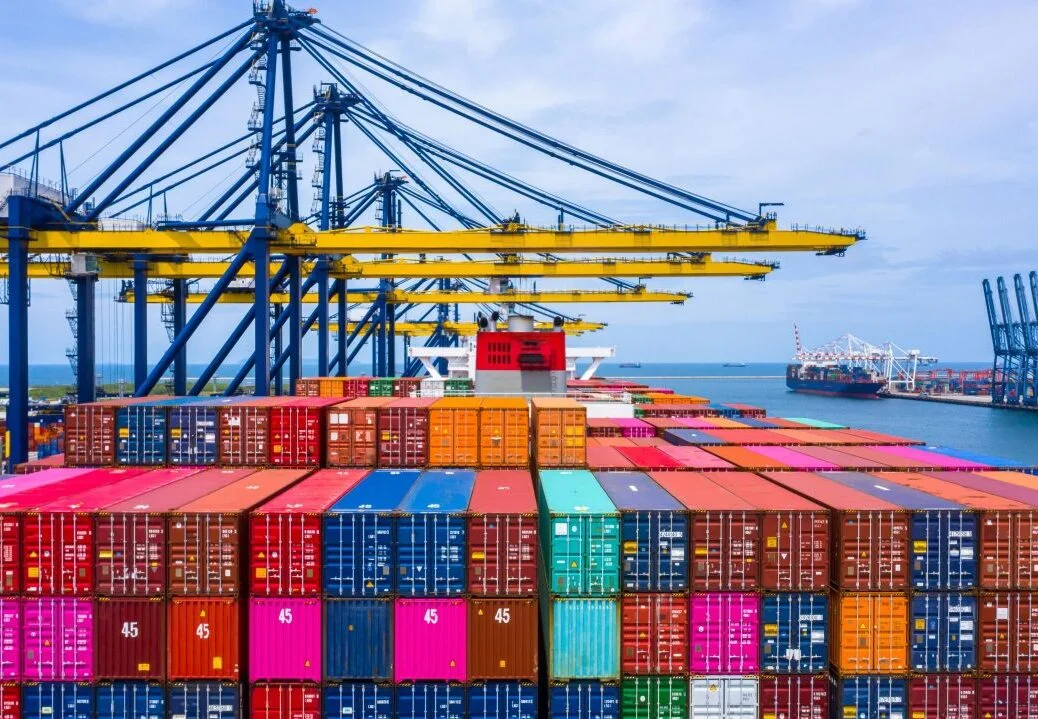Uncategorized
Shipping Containers For Sale

Shipping Container For sale
Shipping Containers For sale , there are various options available. Here are some avenues to explore:
- Local Suppliers: Search for local suppliers or dealers of shipping containers in your area. They may offer new or used containers for sale. Local suppliers can be found through online directories, classified ads, or by contacting container yards or logistics companies.
- Online Marketplaces: Several online marketplaces specialize in buying and selling shipping containers. Platforms like eBay, Craigslist, ContainerAuction.com, and ContainerExchanger.com often have listings for containers of different sizes and conditions. These platforms allow you to browse listings, compare prices, and contact sellers directly.
- Container Depots: Container depots or yards that store and maintain shipping containers can sometimes have containers available for sale. You can search for container depots in your region and inquire about their sales offerings.
When buying a shipping container, consider factors such as size, condition (new or used), required modifications, delivery logistics, and budget. Inspect used containers in person or request detailed photos and information before finalizing a purchase. If possible, evaluate the container’s condition to ensure it meets your requirements.
Additionally, it’s important to be aware of any local regulations or permits related to container placement and use, especially if you plan to use the container for purposes other than storage or transportation.
By exploring these options and conducting thorough research, you can find a shipping container that suits your needs.
Can you provide more information on the delivery logistics for shippingcontainers?
Delivery logistics for shipping containers typically involve the transportation of the container from the seller’s location to your desired destination. Here are some key points to consider regarding delivery logistics:
- Delivery Options: There are a few common delivery options for shipping containers: a. Truck Delivery: The container can be delivered using a specialized truck that can transport the container directly to your site. These trucks are equipped with mechanisms like a tilt-bed or a crane to unload the container efficiently. b. Rail Transport: If your location has access to rail lines, containers can be transported via rail. This option is often more cost-effective for long-distance transport. c. Shipping Container Movers: Some companies specialize in moving and delivering shipping containers. They have specialized equipment and expertise to handle container transport and placement at your desired location.
- Site Preparation: Before the delivery, ensure that your site is prepared to receive the container. Clear any obstacles that may obstruct the delivery truck or crane. The site should be level and firm to support the weight of the container. If necessary, consult with professionals to ensure proper site preparation.
- Access and Clearance: Consider the accessibility of your site for the delivery truck or crane. Ensure there is enough clearance for the truck to navigate and maneuver. Factors such as overhead wires, trees, gates, or narrow driveways may impact access and require additional coordination.
- Permits and Regulations: Check if there are any permits or regulations related to container delivery in your area. Some locations may have restrictions on truck sizes, road usage, or require permits for oversized loads. It’s important to comply with local regulations to avoid any legal issues.
Shipping Containers sale
- Delivery Timing: Coordinate with the seller or delivery company to determine the expected delivery timeframe. Factors such as distance, availability of equipment, and scheduling may impact the delivery timeline. Plan accordingly and communicate with the involved parties to ensure a smooth delivery process.
- Unloading and Placement: Once the container arrives at your site, it needs to be unloaded and placed in the desired position. If the delivery truck has a tilt-bed or a crane, they can handle the unloading process. Ensure that the placement area is properly prepared, and any necessary equipment like a forklift or a crane is available if needed.
- Safety Considerations: During the delivery and unloading process, prioritize safety. Follow the instructions provided by the delivery company or professionals involved. Ensure that everyone present at the site maintains a safe distance and wears appropriate personal protective equipment if necessary.
It’s important to discuss delivery logistics with the seller or delivery company in detail to ensure a smooth and successful delivery process. They will be able to provide specific information regarding their delivery methods, costs, and any additional requirements or considerations based on your location and circumstances.

